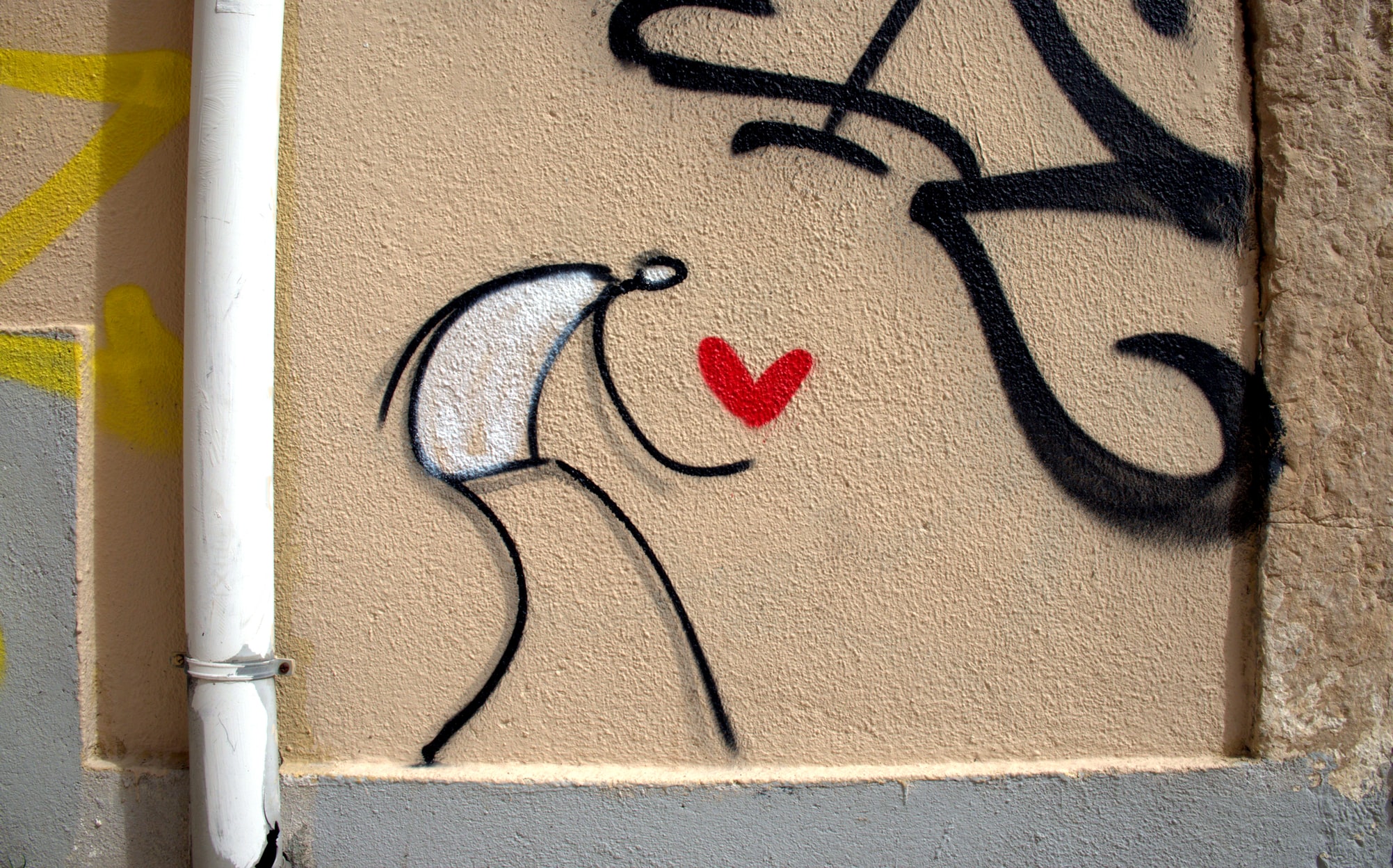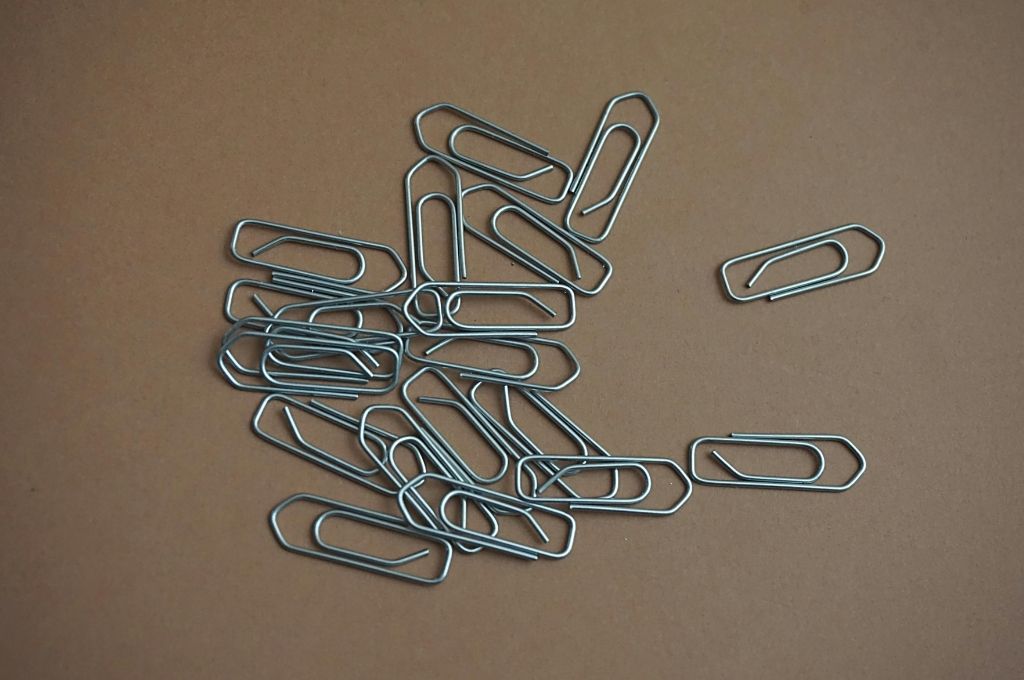December 3rd is celebrated as GivingTuesday, an international day for charitable giving. The movement, which originated in the United States in 2012, has now been replicated in countries across the globe.
We spoke with three members of the GivingTuesday team, Asha Curran (CEO), Woodrow Rosenbaum (Data and Insights lead), and Kait Sheridan (Director, Partnerships and Programmes), about the potential online giving has to change philanthropy as we know it, and what the possible implications of that could be.
Online giving—or retail philanthropy—is seeing a steady rise today, but this hasn’t always been the case. When GivingTuesday (which is primarily an online movement) started, what was the digital atmosphere like?
When GivingTuesday started, it was the very first of what we now think of as a hashtag movement. There are many examples of it all around us now—such as #MeToo—and it is tempting to think that this has always been the case, but it hasn’t.

When we launched the GivingTuesday hashtag in 2012, it was an experiment to see whether social media could be used to harness participatory energy for something radically good. That was a big bet, and the truth is, GivingTuesday could have failed within the first year if that bet was wrong. If it had turned out that social media couldn’t be used for social good, if there was no interest in it, or if people found the idea boring, it could have died online that very first year. But instead there was ten times more interest than we had imagined.
Related article: Take part in #GivingTuesday
This idea of using social media for good, could you tell us more about it? Why is the idea of giving, or being generous online, growing?
If you look at the #MeToo movement, what you see is the power of collective voice. It’s people realising their strength in numbers, realising the strength of the crowd, as opposed to needing to stand out just on their own, and I think with GivingTuesday, you see the same thing with a generosity lens.
Collectively, people realise that they have the capacity to make a much bigger impact than they ever would have thought. And when they see the impact of that collective generosity, the difference that it makes becomes obvious. It’s rewarding—emotionally and psychologically—to take part in something like GivingTuesday, so much so that it becomes a repetitive action. It becomes a habit, just like anything else that has a payoff.
When you take action for your community, you realise you have more agency than you thought.
The fact that most people who participate in GivingTuesday give more than just money, even though the vast majority of campaigns are simply monetary asks, shows that people are driving that change.

And the implication of this change in behaviour is not only that donations increase, or that people become more generous in different ways every day of the year. It’s that they realise their role as citizens—of their communities, of their cities, and of their countries—and become more civically engaged on multiple fronts. When you take action for your community, you realise you have more agency than you thought. So, the next time there’s an opportunity to participate civically, whether it’s to vote or to campaign, you are more likely to do it.

Generosity is a fundamental human need, and if you look at it from that perspective, it is critical that you empower everybody to be able to express their generosity. | Picture courtesy: Craig Birrell, Unsplash
What this does, is it makes ordinary citizens givers. And when that happens on a large scale, our ideas of who is a ‘philanthropist’ and who a ‘beneficiary’ stands to change. What would that change look like?
Today, across the world, we are very divided in the way we think about those who have and those who need. It places the people who have on a pedestal they don’t deserve, and it denigrates the people who are in need.
The bifurcation of people into ‘people who have’ and ‘people who need’ is toxic. It makes one half of the equation people, and the other less than people. And when a person is disempowered in this way, it is often internalised and has generational consequences.
The bifurcation of people into ‘people who have’ and ‘people who need’ is toxic. It makes one half of the equation people, and the other less than people.
We have to imagine that the rise in online giving, as seen in a movement like GivingTuesday—in which people who are thought of as being ‘in need’ are actually proactive givers themselves—has the potential to turn this binary on its head, and to undo this toxic mindset.
And while this needs to happen on a much larger scale, there are examples of it happening.
For example, we have a GivingTuesday country leader in Liberia who led a campaign in which they received some funds which they then distributed to the homeless, who walked through the city and gave it out to other people in need. There are many negative perceptions about the homeless population in that context. But by enabling them to give—they wore volunteer t-shirts, walked around, spoke to others, gave whatever little funds they had—they enabled a shift in the public’s perception of that group of people.
The fact is, there is an enormous amount of generosity within the very communities that we think of as recipient communities. Generosity is a fundamental human need, and if you look at it from that perspective, it is critical that you empower everybody to be able to express their generosity.
Related article: Tapping into individual giving in India
Right now, the conversation in the US is very focused on the giving plutocracy and on how giving by philanthropists—whether by individual giving or through foundations—is an exercise in political power. Is it using private assets to expect influence in the public sphere?
Given this conversation, the phrase ‘individual giving’ can be misleading—there’s individual giving by a billionaire and there’s individual giving by you or me. To differentiate between the two, we use the phrase grassroots giving or grassroots generosity.
The difference in my mind is that the people who give online and during GivingTuesday, those who give USD 50 or USD 100, are not doing it in exchange of any kind of political power. They are not gaining any capital as a result of giving, and that needs to be celebrated.
And so, while the conversation is entirely focused on whether billionaire giving is good or bad, there’s a whole other pillar to this conversation: all the people who are not billionaires, who are giving.
That being said, the rise of online giving should not in any way enable a fundamentally broken and unjust system. The goal is not for nonprofits to do better within an unjust system. Systemic change has to be the ultimate goal.
What can the implications of this be for nonprofits?
We talk about the fact that giving is consolidating in the hands of fewer and fewer people, and the majority of the fundraising dollars are coming from fewer and fewer rich people. But at the same time, when you ask nonprofits who they raise money from, they will tell you that they’re asking the rich people because that’s where the money is. So, they are stuck in a cycle.
Movements like GivingTuesday offer an exit from this cycle, and demonstrate that there is a return on investing in broadening your engagement, as long as you don’t make it transactional, because those givers want to give in more than one way. They want to be involved in your mission as a partner, and if you do that, then you can break that cycle. It’s not just a function of the system that only the rich people are giving. We are creating that cycle.
Sneha Philip contributed to this article.




